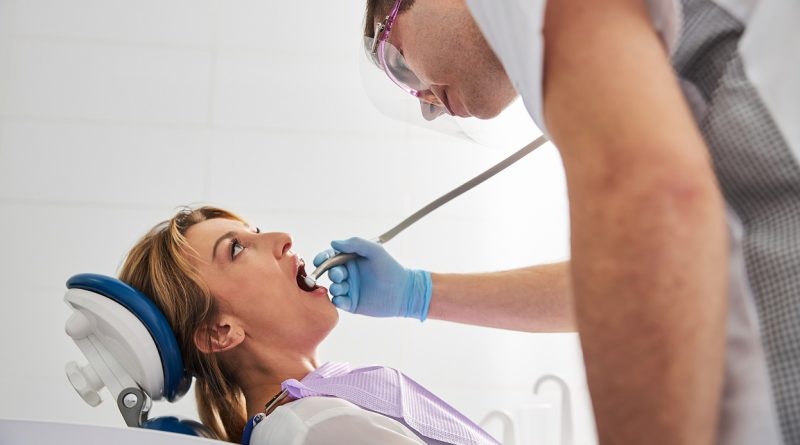Burs are used to finish a range of products in a variety of sectors. They are utilized in the dentistry profession to give dental restorations their final shape as well as some minor features. Metal burs are used to deburr hard materials such as ceramics, steels, stones, and some soft materials such as plastic and hardwood in the industrial business. In this article, a brief comparison of carbide and diamond burs will be made to determine which material is the best choice.
Construction of dental burs
A dental bur is made up of three primary parts: the head, neck, and shank, whether it’s composed of carbide or diamond. The blades or grit that make up the head are used to cut or grind the material. This can be created out of everything from gold to diamonds, and each has its function.

Corporate Wellness App
CircleCare
What are diamond burs and when are they used?
Diamond burs are commonly utilized to remove tooth structures in preparation for crowns or porcelain veneers. Diamonds can also be used to polish composite or porcelain materials by smoothing, refining, and polishing them.
Diamond is the hardest substance known to man. It can be utilized to create a cutting edge with greater cutting ability and durability when bonded to stainless steel using a particular metallurgical technique. Diamond burs, on the other hand, exhibit a more dramatic reduction in cutting effectiveness with time than carbide burs, resulting in a shorter lifespan.
Dentists employ diamond burs (ISO 806) throughout the world, mostly with high-speed handpieces. Hard tissues such as enamel and bone can be ground away by diamond, leaving a rough surface. They are made by bonding tiny diamond particles to a substrate. Friction grip (FG) shanks are the most prevalent type. They’re employed for crown and veneer procedures because they’re developed to diminish tooth structure. They are of excellent quality and provide excellent accuracy, allowing for a quick and smooth cut.
What are carbide burs and when to use them?
Carbide burs are likewise well-known for their accuracy. Tungsten carbide burs are three times harder than steel, and this alloy aids the dentist in achieving a flawless finish on tooth structures. They come with both FG and RA shanks. When trimming and finalizing composite restorations, they’re frequently used. They are more expensive than steel burs, but they have a longer operating life to compensate. They’re noted for having less vibration and ‘chatter’ than other varieties of dental burs, and they tend to collect less debris while in use.
Tungsten carbide burs sometimes only have carbide in the tip since the substance is fragile compared to steel, hence the shank is often still steel.








